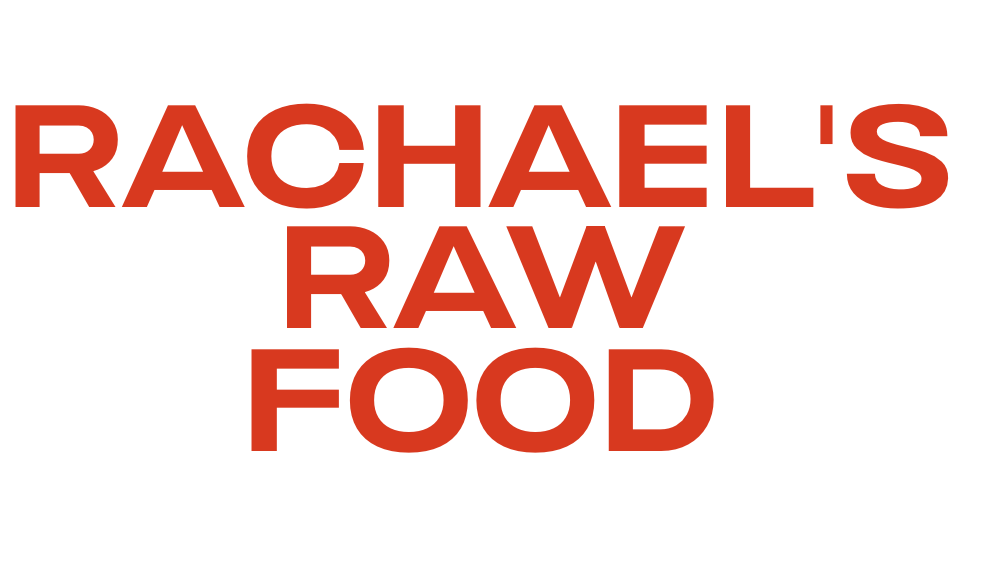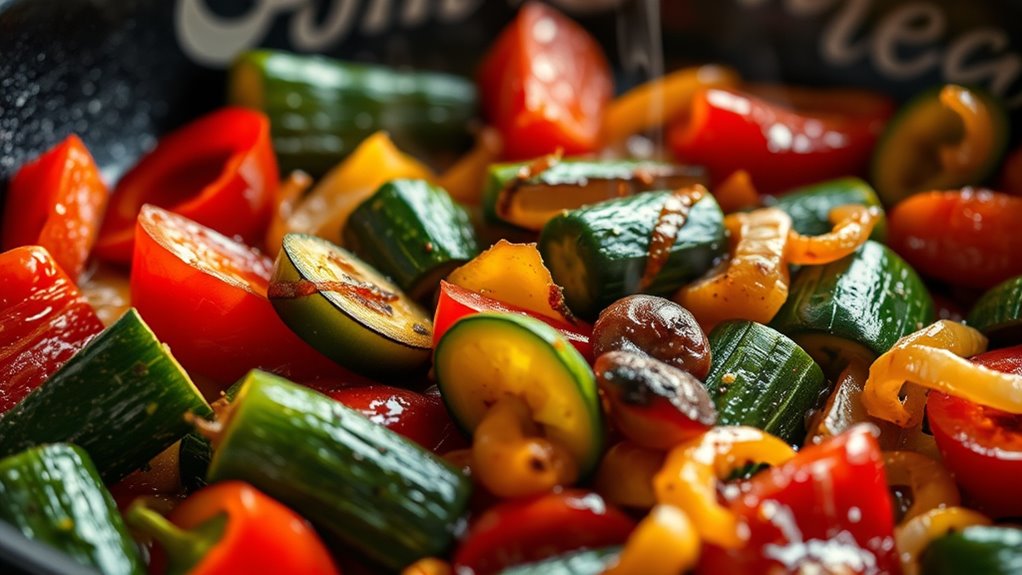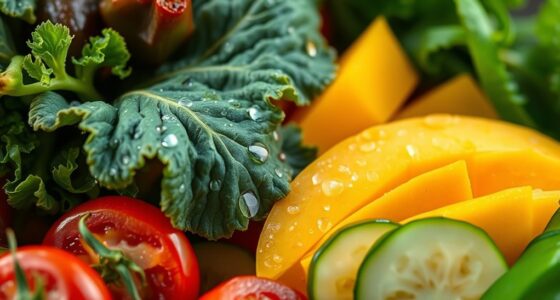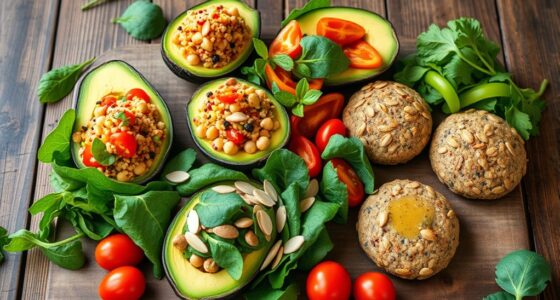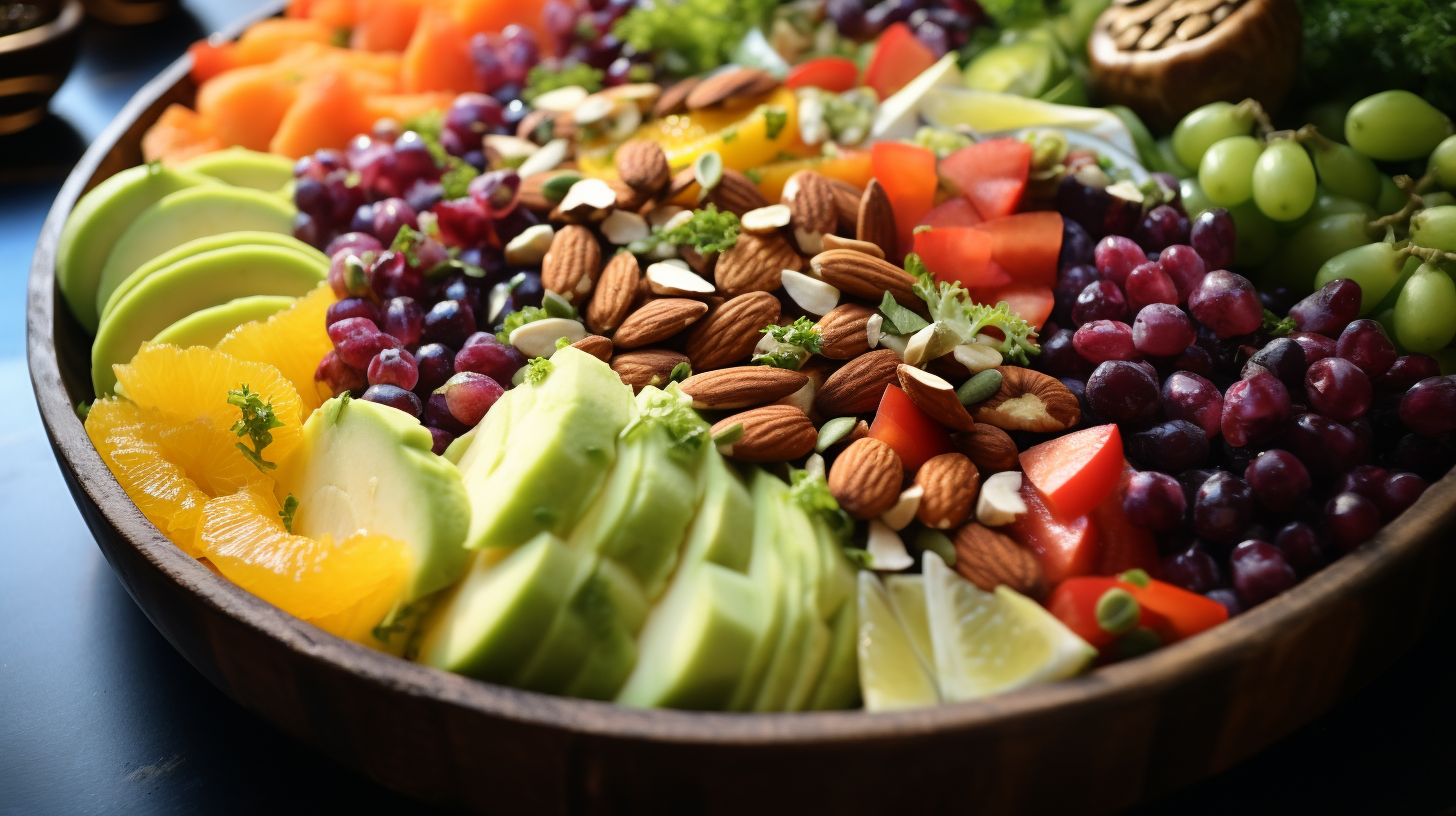Many believe that cooking ruins all nutrients, but that’s a myth. In fact, a little heat can release the full potential of ingredients, making nutrients more accessible for absorption. Overcooking can degrade water-soluble vitamins, but gentle methods like steaming or quick sautéing help preserve them. Proper heat not only preserves nutrients but also enhances flavor and increases bioavailability. If you want to discover how to balance heat and nutrition, keep exploring these insights.
Key Takeaways
- Properly controlled heat can enhance nutrient bioavailability without destroying all nutrients.
- Overcooking reduces water-soluble vitamins but gentle cooking preserves many nutrients.
- Cooking methods like steaming retain more nutrients than boiling or excessive heat.
- Heat can transform nutrients into more accessible, bioavailable forms rather than destroying them.
- Not all nutrients are destroyed by heat; many benefits are preserved or even improved through cooking.
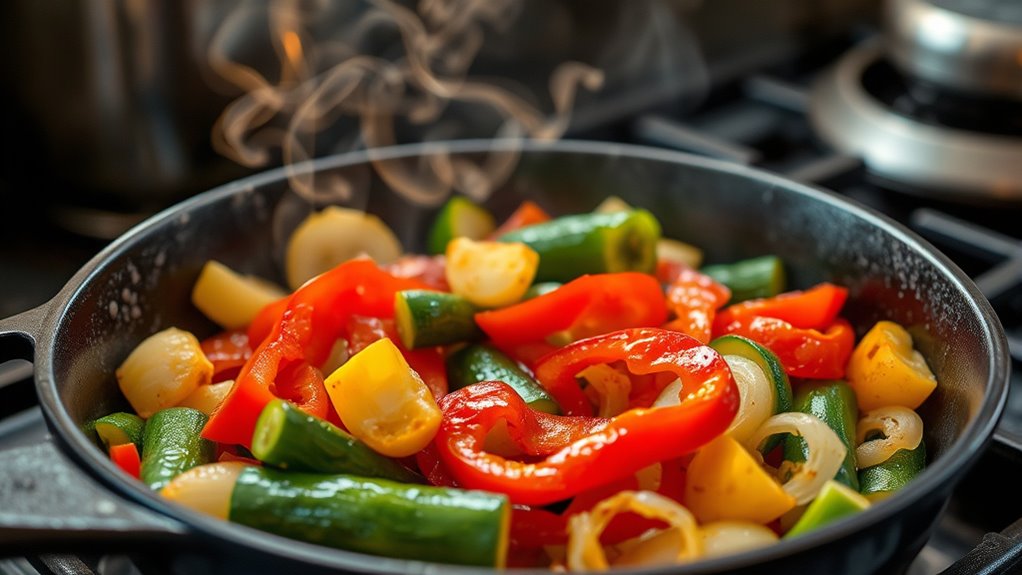
Many people believe that cooking ruins all the nutrients and flavors in food, but this isn’t entirely true. While overcooking can degrade certain vitamins and minerals, a little heat can actually help preserve some nutrients and boost flavor. The key is understanding how cooking impacts nutrient retention and flavor enhancement, so you can prepare meals that are both nutritious and delicious.
A little heat preserves nutrients and enhances flavors when cooking thoughtfully.
When you cook vegetables, for example, some water-soluble vitamins like Vitamin C and B vitamins may diminish with excessive heat or prolonged boiling. However, gentle cooking methods such as steaming or light sautéing help retain these nutrients better than boiling. This means you’re not necessarily losing out on essential nutrients—you’re just choosing the right techniques. Furthermore, the heat can make certain nutrients more bioavailable, meaning your body can absorb them more easily. For instance, cooking tomatoes releases lycopene, a powerful antioxidant, making it more accessible to your system. So, a little heat can actually improve nutrient absorption rather than destroy all the goodness.
Flavor enhancement is another benefit of cooking that many overlook. Properly cooked food develops richer, deeper flavors that raw ingredients simply can’t match. When you sauté garlic or onions, their natural sugars caramelize, creating a complex, savory aroma that elevates the dish. Roasting vegetables brings out natural sweetness and adds a smoky depth that enhances the overall taste. Cooking also helps break down tough fibers in meats and legumes, making them more tender and accessible. This not only improves texture but also enhances the flavor profile, making your dishes more satisfying.
It’s important to recognize that not all heat is harmful. Moderate, controlled cooking can bring out the best in your ingredients without compromising their nutritional value. The idea that all nutrients are destroyed by heat is a misconception; in fact, the right cooking methods can help you maximize both flavor and nutrient retention. By choosing techniques like steaming, roasting, or quick stir-frying, you preserve most of the nutritional content while creating more flavorful meals. So, rather than fear the heat, see it as a tool to reveal the full potential of your ingredients. Cooking, when done thoughtfully, becomes an essential step in making meals healthier and tastier, proving that a little heat isn’t the enemy of good food.
Frequently Asked Questions
Can Some Nutrients Become More Available After Cooking?
You might be surprised to learn that some nutrients become more bioavailable after cooking. Heat can break down cell walls and inactivate cooking enzymes that hinder nutrient absorption, making vitamins like lycopene in tomatoes and beta-carotene in carrots easier for your body to absorb. So, while some nutrients degrade with heat, others actually improve in bioavailability, enhancing their nutritional benefits when properly cooked.
Does Cooking Improve Food Safety by Killing Bacteria?
Cooking definitely improves food safety by bacterial eradication, making it safer to eat. When you heat food properly, you kill harmful bacteria and pathogens that can cause illness. This safety enhancement reduces your risk of foodborne diseases. So, by cooking thoroughly, you guarantee that your meals are not only tasty but also safer, giving you peace of mind while enjoying your food. Proper cooking is essential for health and safety.
Are There Dishes That Require Raw Ingredients for Optimal Flavor?
Imagine tasting a dish where the raw flavor of ingredients sings like a symphony, revealing their true essence. You’ll find that some dishes, like sashimi or ceviche, rely on raw ingredients to achieve peak freshness and vibrant taste. Cooking can dull these delicate notes, so for the freshest experience, you need raw ingredients kept at their prime. Sometimes, keeping things raw unearths the purest expression of flavor.
How Does Different Cooking Methods Affect Vitamin Retention?
Different cooking methods impact nutrient stability based on cooking temperature and duration. High heat, like frying or roasting, can break down sensitive vitamins such as vitamin C and B vitamins, reducing their levels. Steaming or quick sautéing preserves more nutrients because they use lower temperatures and shorter cooking times. To maximize vitamin retention, choose methods that maintain moderate temperatures and minimize cooking time, ensuring your food retains essential nutrients.
Can Overcooking Cause More Nutrient Loss Than Raw Consumption?
When you overcook foods, you risk losing more nutrients because heat sensitivity varies among vitamins and minerals. Excessive heat can break down nutrient stability, making them less available. Raw consumption often preserves more nutrients, but some nutrients become more bioavailable when cooked. So, overcooking can cause greater nutrient loss than eating foods raw, especially for heat-sensitive vitamins like C and B vitamins. Keep cooking times moderate to maximize nutrient retention.
Conclusion
Remember, a little heat is like a gentle sunrise—it awakens flavors without destroying their essence. Don’t fear the flame; it’s not a destroyer but a storyteller, revealing the true character of your ingredients. Just as the sun nurtures life, cooking transforms, enhances, and brings out the best in your food. So, embrace the warmth, knowing it’s crafting a symphony of taste, not erasing it. Let your culinary journey glow with confidence and curiosity.
